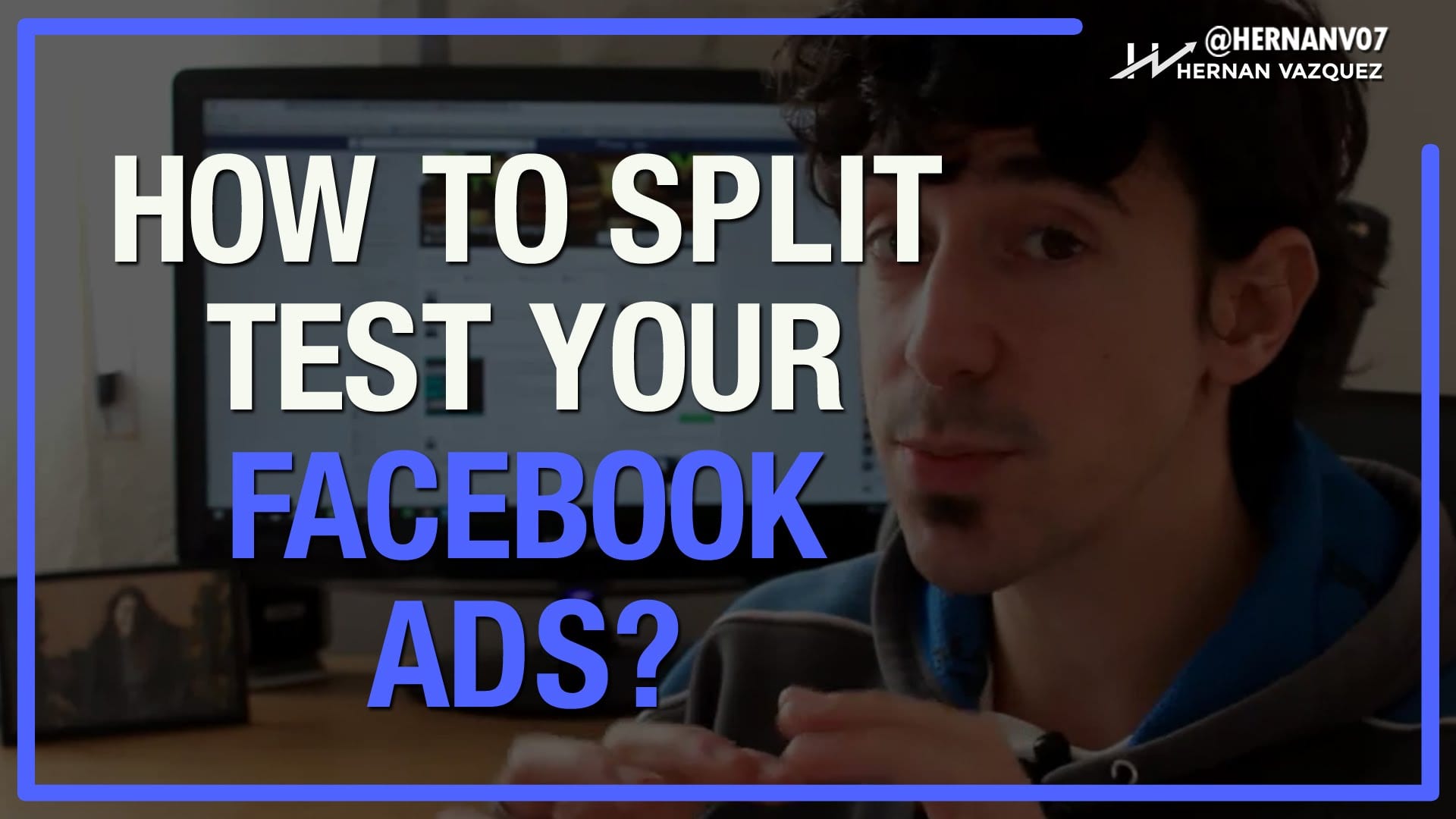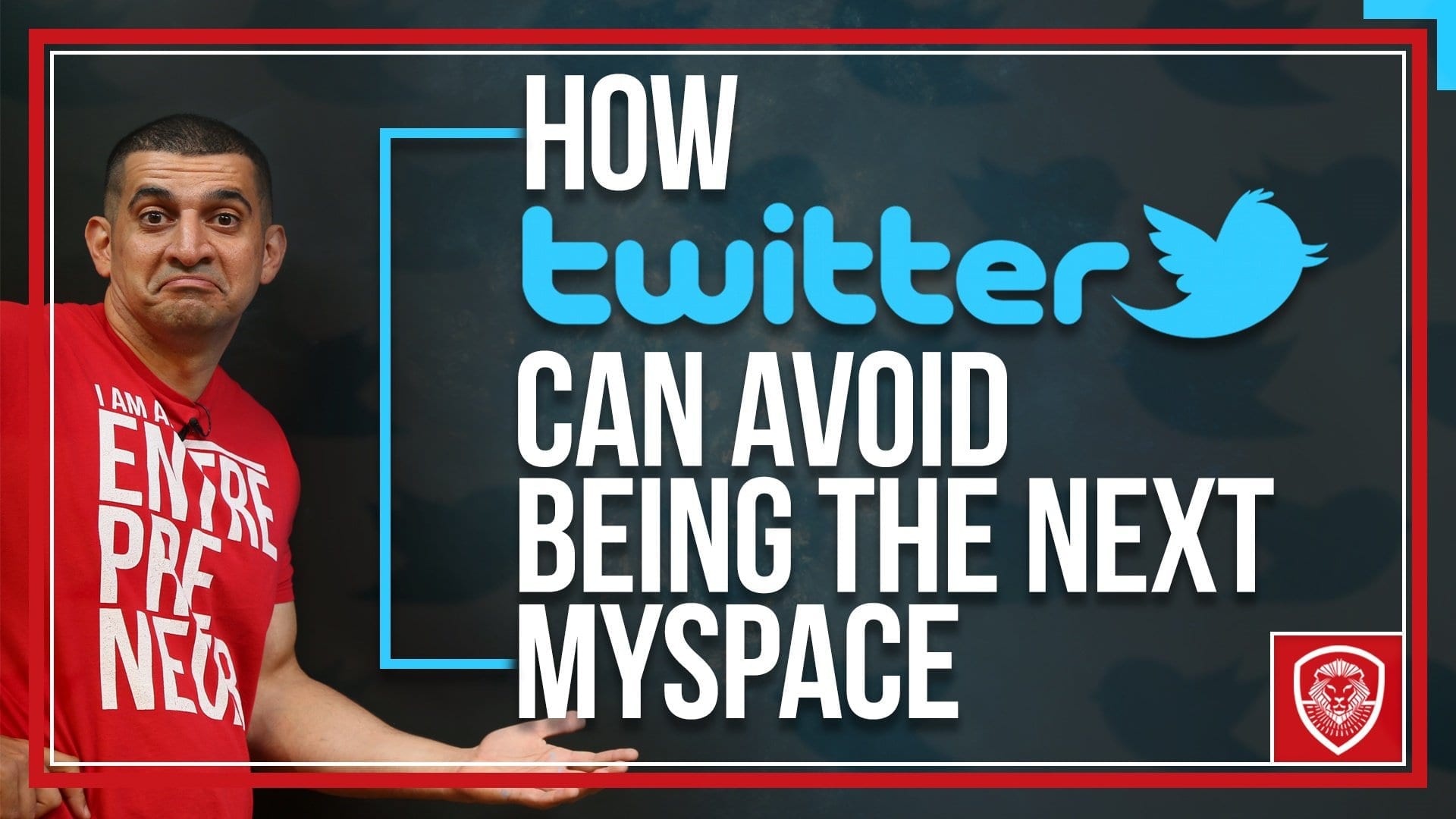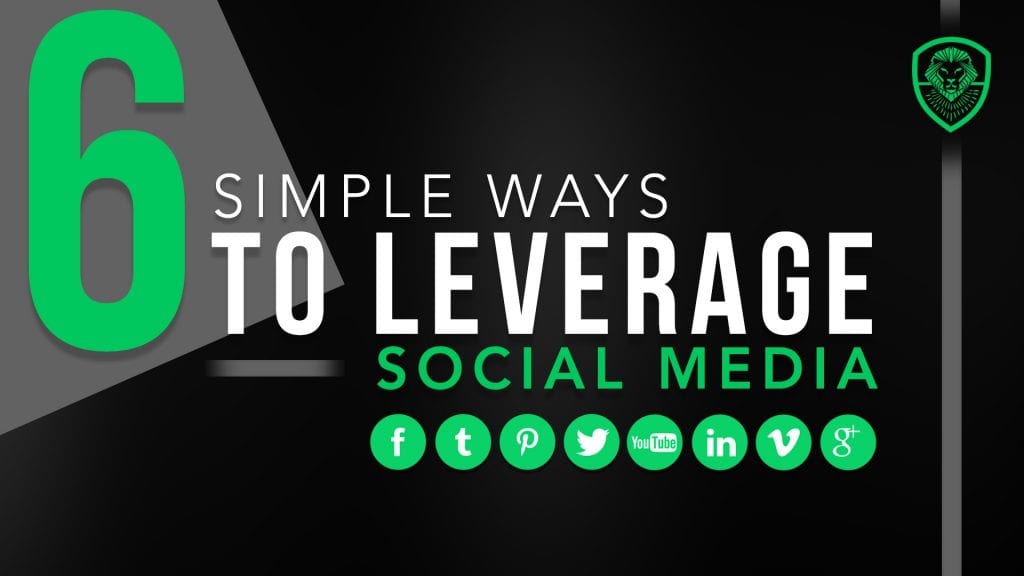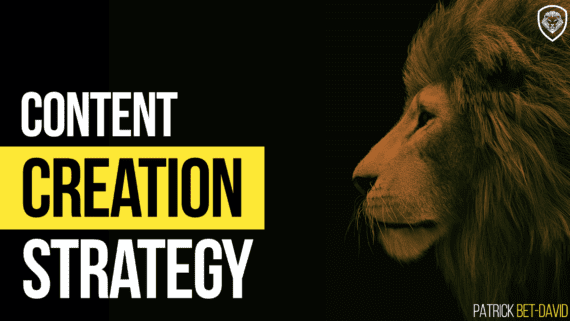 This article is by Hernan Vazquez. Hernan is an Entrepreneur and Digital Marketing expert. He works on providing value on his YouTube channel about the latest marketing approaches and strategies, as well as connecting with fellow entrepreneurs and business owners on his Facebook Group.
This article is by Hernan Vazquez. Hernan is an Entrepreneur and Digital Marketing expert. He works on providing value on his YouTube channel about the latest marketing approaches and strategies, as well as connecting with fellow entrepreneurs and business owners on his Facebook Group.
I love Facebook advertising. I really do. In fact, I think it’s one of the best investments you can possibly make for your business today. If not the best.
The level of targeting, complexity and flexibility that you have within the Facebook ads platform is second to none. And the folks at Facebook keep investing and innovating on their ads platform so that we, as advertisers, have a ton of tools to target our audience the right way.
As you can see, after investing several hundred thousand of dollars on Facebook ads and getting 300%, 400% even 1500% return on the investment for several of my companies, in different niches, verticals and languages, I’ve become an evangelist for Facebook advertising.
However, not everything is rosey. Many clients that I consult with have tried Facebook advertising with little to no results. They have invested their fair share of money and got pretty much nothing in return. Today I want to show you what I’ve learned after failing a ton of times, getting some pretty sizable successes and how I approach Facebook advertising to make it profitable.
Keyword: Profitable
I’m a strong believer that every dollar that you invest in paid advertiser should get you at least another dollar back. Having worked with pretty much every traffic source out there (from SEO to native ads, from email marketing to banners and organic social media), PPC offers an opportunity for you to track every penny you invest in advertising.
There are some “metrics” or “values” that many marketers and entrepreneurs are fixated on, and they do not correlate (most of the time) with how profitable a campaign could be. Many business owners come and tell me “we need to lower our cost per click on Facebook” or “we’re not getting enough likes on our publications.” Those are “vanity” metrics, and I’ll touch base on them later.
But for the time being, your sole priority when it comes to Facebook advertising (or any form of paid advertising for that matter) is profitability, also known as return on the investment (ROI). If you invest $1 in Facebook ads, you should expect to get $1.50, $2 even $10 back. This is the closest you’ll ever get to legally printing money, and I want to show you how to do exactly that.
How to Use Facebook Ads for Business Growth
Now that we have taken priorities out of the way (getting more “likes” is NOT one of them), let’s talk about how to use Facebook advertising to make your business grow. There are basically four steps in every Facebook ads strategy that need to take place. Otherwise you’re just shooting in the dark. Let’s see what they are.
Campaign Objectives
Every campaign should have ROI-related objectives or goals. You need to ask yourself, “what am I trying to achieve with this Facebook Campaign?.” Is it more leads? Is it more sales? Maybe event registrations? Maybe people downloading your app? The good news is that Facebook has objectives for pretty much every kind of campaign out there.
Let’s say that you want to increase the amount of leads you get every day, so that you can feed your sales department in a better and more efficient way. The best way to do this is to launch a “Conversions” Campaign. (Lead Generation campaigns are not performing as well at this point in time). Every time someone leaves their data on a form, that will be considered a “Conversion.”
On the other hand, if what you need is more Video Views for your new product (to create branding and awareness), you will use that exact objective in the Facebook Ads manager. Always start with the end and the objective of the campaign in mind.
Targeting and Demographics
Once you’ve chosen the campaign objectives, is time to choose your targeting and demographics. This could be a post on it’s own, but for the time being, let’s say that your main demographics are Males from 25 to 45 living in the U.S. and Canada. Those are the people that will view your ad.
Another thing that you can use is to plug competitors into the tool called “Audience Insights.” If you have a big enough presence on Facebook (meaning a lot of “likes” on your Facebook Page), you can also use this tool. But for the most part, you’ll be reviewing what kind of targeting and demographics is best for your company based on competitors.
If you put “Tony Robbins” on the Facebook Audience Insights tool, you will see the kind of targeting and demographics this page has. If you go to the “Page Likes” tab, you’ll also find more interests for you to target on your campaign. You want to put together a spreadsheet with all of this information (likes, page likes, ages, income, interests, etc.). This will help you at a later stage when you’re trying to scale the campaign.
At this level (the Ad Set level) you also assign the budget for each of the ad sets. This is a super important point, because I really like to start slow (say with $10 or $20 a day) and then grow from there. The reality is that you don’t know what ad set or campaign is going to work best beforehand. So if an ad set doesn’t work, you didn’t lose much. If it does work, you can slowly increase the budget.
Split Testing the Ads
Now it’s time to talk about the ads themselves. So far, we’ve talked about campaigns and ad set levels, but the true star of Facebook advertising is the ad. The ad is what will determine what kind of action will people take when they see it. Will they like it? Will they comment on it? Or will they click and take action?
Remember that Facebook is a social platform. So every ad should be aimed to keep the social tone of the network. Ads that perform the best are the ones that connect with the user at an emotional level and help them solve a problem or a need. Also have in mind that 80% of the ad will be composed by the image itself. I like using high contrast images that reveal some sort of positive emotion.
Remember that the sole purpose of the ad is to people to click on it and see what’s on the other side. Also, you can add several images to perform something called “split testing.” Facebook will give more prominence to those ads and images that people interact the most with, so instead of adding just one image, add several and see what works best. I have a video on how to split test Facebook ads on this link.
Tweaking and Optimizing
When dealing with Facebook advertising (or any sort of paid advertising), you need to be willing to tweak, test and optimize. As I mentioned above, this is mandatory, because you don’t have information before beginning the campaign. However, Facebook makes super simple to see what kind of ads are working and what aren’t.
For example, if you’re paying 1 dollar per click on certain ads and $0.50 on others, you know exactly which ones to pause and which one to keep running. I usually leave the ads running for 48 hours and then deactivate the losers. Then you will default to the split testing method explained above to keep dialing down clicks and conversions.
I hope this quick overview of Facebook advertising help you getting a clear understanding of what to expect. On upcoming posts I’ll talk a bit more in depth on how to track conversions and how to make sure you’re profitable before scaling.
If you have any questions, let me know on the comments below.
Thanks!
Hernan












